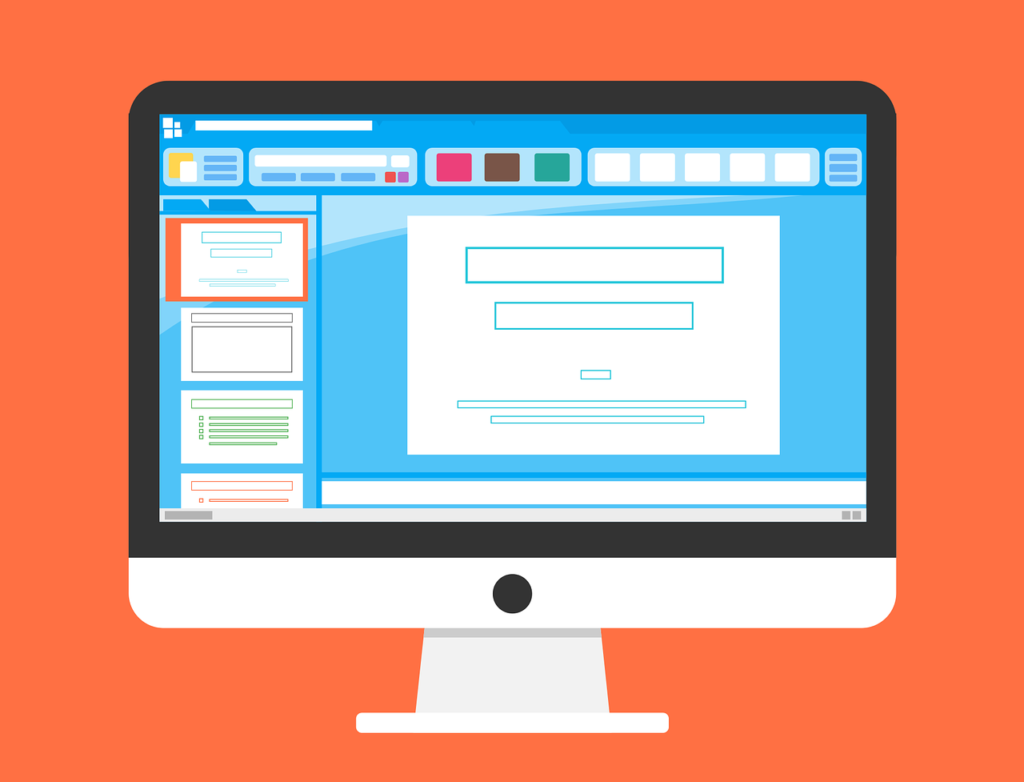Regardless of the type of website, animation application in web design has become a contemporary mainstay. While many assumed that animation was simply used as an introduction of a website’s entertainment elements, it has, in fact, greatly improved enterprise productivity. However, this is contingent upon animation being used strategically and appropriately.

Quicker internet connections, improved browsers, and better bandwidth have served to raise the role that animation plays in modern web design, shifting it from a mere point of entertainment to a business-savvy tool used to bring in revenue. Animation is so essential in the current web design market that most business websites cannot hope to compete effectively without its utilisation.
Suppose you are looking to increase your website’s productivity and efficacy through animation. In that case, a few guiding principles, developed by top web designers like Clay.Global, are essential to use in web design to assure maximal success.
Leverage Animation To Conquer A User’s Attention
When the majority of the site is static, human eyes intuitively gravitate to any moving parts. That makes animations an excellent tool for actively directing where the visitor will look on your site, and more pertinently, attract their attention to the things you want them to see. Good animation will prompt your visitors to spend more time on your website. The longer they spend there, the more likely they become to purchase one of your products. This will lower your bounce rate and raise your conversion rates.
This is about what you want your audience to pay attention to specifically, then decide on a unique, effective way to use animation to achieve this direction of their attention. Animations are great for siphoning attention to site updates, additional pages, links to other pertinent site paths, and feedback invitations.
Grabbing a visitor’s attention with animation is just the beginning. Its utilization will serve as a guiding tool, if used correctly, to that path you would like them to follow without them needing to ask where to go. Once you grab their attention, your brand immediately becomes more effective.
What they say about first impressions is true: the first thing a visitor sees when entering a site largely contributes to their ultimate decision about purchasing products there. Great offers are a plus, but they will not be considered enough with a dull website. If your website is stagnant and unexciting, consumers interested in your industry will likely look for a more visually exciting find with competitors. With the correct use of borders, swinging, coloring, 3D shadows, and size manipulation, you can make prospective customers excited about visiting and exploring your site, making sure they stay with you rather than head out looking for your competition.
Better Connect With The User Through Animation
Animation is a highly effective teaching tool, an essential aspect of their design application. Since adults make up the most extensive consumer base on the market, the mechanism that will work best is one that they can connect to on a more internal, functional level. Therefore, online stores can more effectively utilize animations to serve adult learners rather than plain text or static images.
Animations are primarily effective because rolling a cursor over them generates motion, making that element of the page interactive and better suited to assist in teaching the visitor about your page and your product. Customer engagement through animation will result in a more interested customer. However, the animation is rendered, whether the object shakes, rattles, or shifts, as long as it improves the consumers’ learning experience through its interaction.
How animation is used depends on what the animation is needed to teach and the industry a business is operating in. The common thread in its utilization is that its application must have a high retention rate. After all, the goal is to keep the consumers’ interest in your site and your product. If the animation can engage the user, they are more likely to stick around, and therefore more likely to purchase a product.
Ensure Smooth Transitions
When screens change from one to another, the transitions are often sudden, jarring, and abrasive, but most importantly, not user-friendly. Animation can help smooth these transitions from abrupt changes to a natural, more organic flow. These can be achieved through the use of HTML and CSS.
Smooth animated transitions don’t just add a level of stimulation to your website; they also increase the level of concentration in your audience, which, at the end of the day, is how a business boosts its productivity.
Don’t Interfere With Site’s Loading Speeds
One of the biggest hurdles with running a business with a website is keeping the customers’ attention. Their attention is notoriously short, however. Therefore, one of the biggest detriments to customer retention is a website that is slow to load. Impatient clients will not wait long to decide that your site is too slow, and they will move on to look for someone else.
Suppose your website is vulnerable to slow loading times. In that case, you can use animation to turn the unfortunately slow site rendering to your advantage by using animation to entertain the client while they wait for the site to load. Rather than waiting and getting aggravated, the animation will provide the client with a welcome distraction to help pass the time. When your site finally loads, they will likely not remember that they had to wait because the animation kept them entertained. This turns an otherwise frustrating experience into a fun one.
Conclusion
Since the ultimate goal of any business website is to boost conversion rates, business owners realize that client retention is the key to their success. Animation provides a fantastic tool by which websites can achieve their clients’ attention, enticing them to dig deeper into the site and consider their products.
Once the visitor’s attention has been grabbed and harnessed, animation can be used to teach them and guide them through the path or funnel of your website. If the site’s load times are slow, animation provides a fun and entertaining intermediary between the visitors’ attempts to access the site and its full render. The happier the consumer visits your site, the more likely they are to become a paying client.


